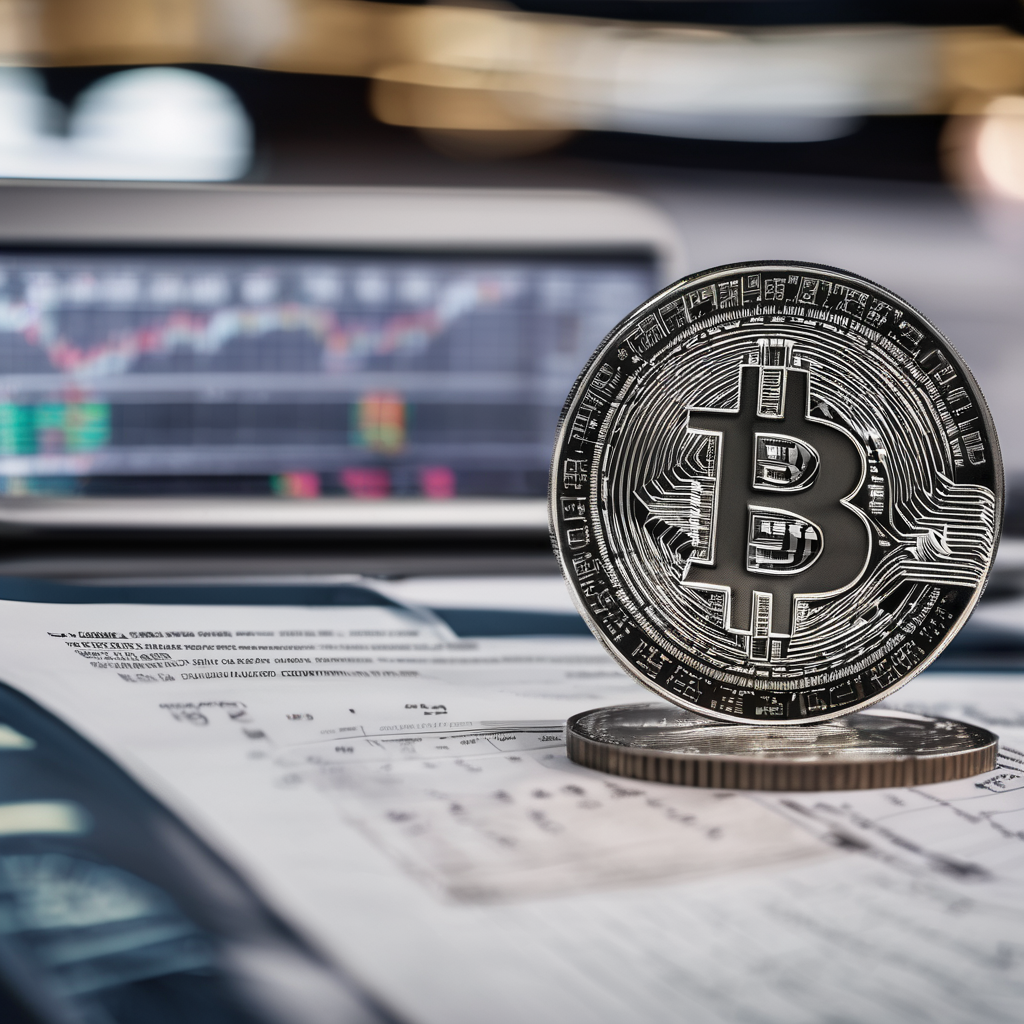The U.S. Federal Reserve (Fed) injected $29.4 billion into the banking system on Friday, causing a wave of optimism across cryptocurrency social media platforms. This strategic move aimed to alleviate liquidity concerns, ultimately benefiting risk assets including Bitcoin. Although significant, this action is not unprecedented.
The liquidity infusion was facilitated through overnight repurchase agreements (repos), marking the largest such operation since the onset of the coronavirus pandemic in 2020. This measure comes as liquidity stress has hindered Bitcoin’s growth, maintaining its price at approximately $107,568.80 in recent weeks.
The operation, executed via the Fed’s standing repo facility (SRF), was designed to enhance the cash available to primary dealers and banks. It sought to add short-term liquidity to the financial system, lower repo rates to more normal levels, prevent a sudden freeze in short-term funding markets, and give banks the necessary cushioning to manage reserves as the Fed continues its observations.
To understand the mechanics at play, it’s important to explain what repos and bank reserves entail. A repurchase agreement represents a short-term loan made between entities, typically overnight, where one party with surplus cash, often in a bank deposit, lends it to another party seeking funds against valuable assets like U.S. Treasury securities. Both parties agree on an interest rate, and the borrowed cash is expected to be returned the following day.
These repo transactions directly impact bank reserves. As one bank lends cash, its reserves decrease while the receiving bank’s reserves increase. Banks need to maintain adequate reserves to comply with regulatory requirements and manage their daily transactions. Thus, when liquidity becomes constrained, banks either borrow reserves or adjust their accounts, sometimes resorting to the repo market or other facilities made available by the Fed.
On October 31, the Fed intervened as bank reserves fell to $2.8 trillion, resulting in a hike in repo rates. This shortage of lendable cash has been attributed to the Fed’s ongoing quantitative tightening (QT) measures and the Treasury’s increase in its balance at the Fed, known as the Treasury General Account (TGA).
The recent Fed action effectively addressed the tightened liquidity conditions caused by these factors. By injecting $29 billion, the Fed expanded bank reserves temporarily, lowered short-term interest rates, and alleviated borrowing pressures. This, in turn, helps to avert potential liquidity crises that could negatively impact financial markets, supporting risk assets like Bitcoin that thrive on increased liquidity.
However, it is essential to note that this liquidity mechanism is not indicative of a shift to quantitative easing (QE), which involves the Fed purchasing assets to boost overall liquidity over an extended period. The Fed’s latest measure is a reversible, short-term intervention and may not provide as significant a stimulus to risk assets as QE would.
Market analysts, like Andy Constan, CEO and CIO of Damped Spring Advisors, suggest that the situation is manageable. He noted on social media that if reserves are indeed scarce, more proactive measures from the Fed could be required. However, he expressed confidence that the current tension and balance adjustments among banks will resolve themselves over time.
With the Fed’s actions steering clear from any long-term potential for a market downturn, there remains a sense of cautious optimism for the financial community.
